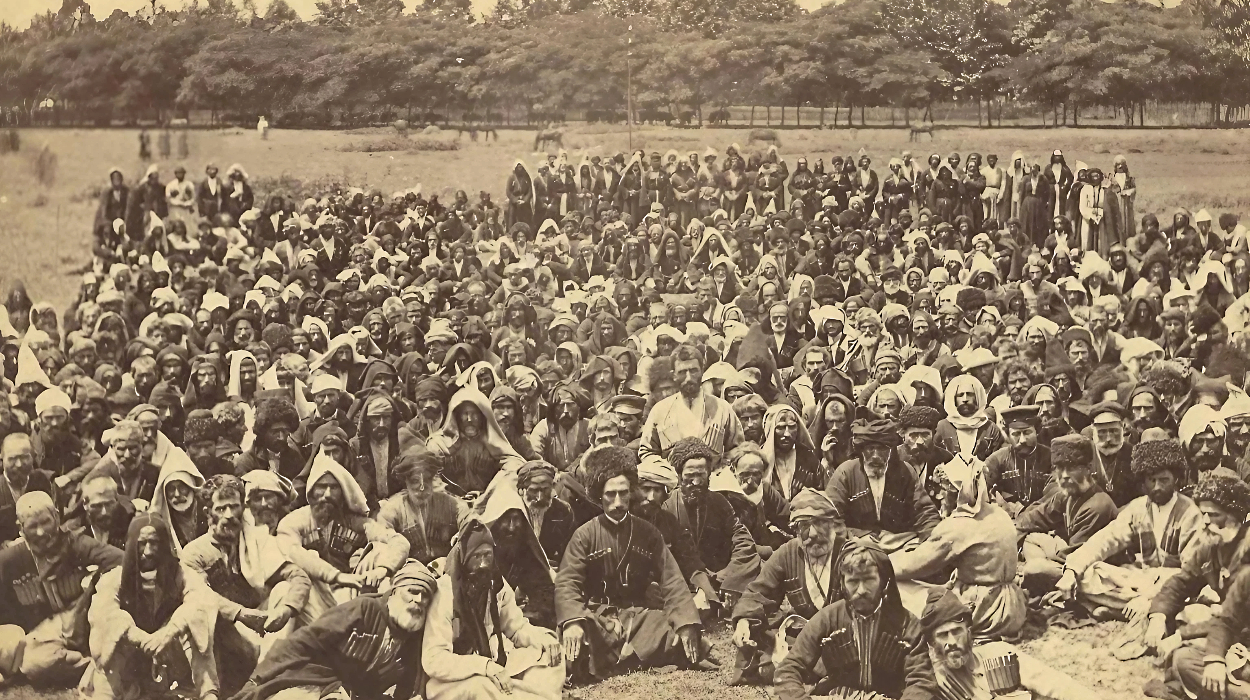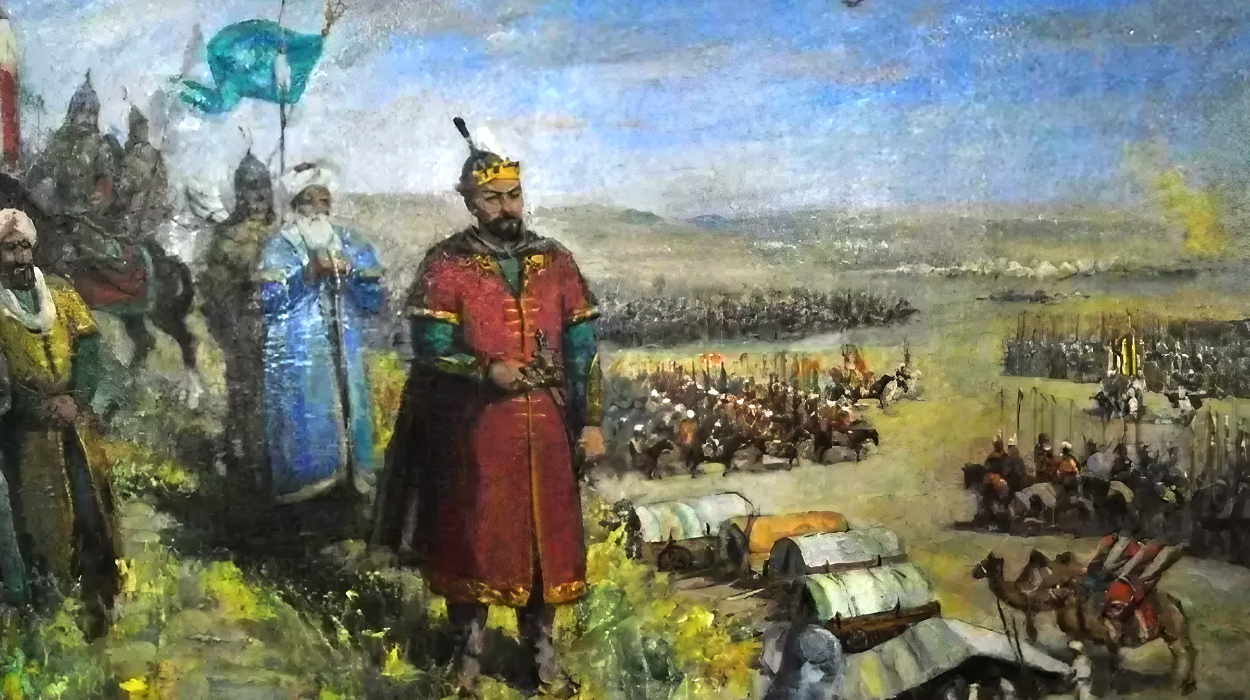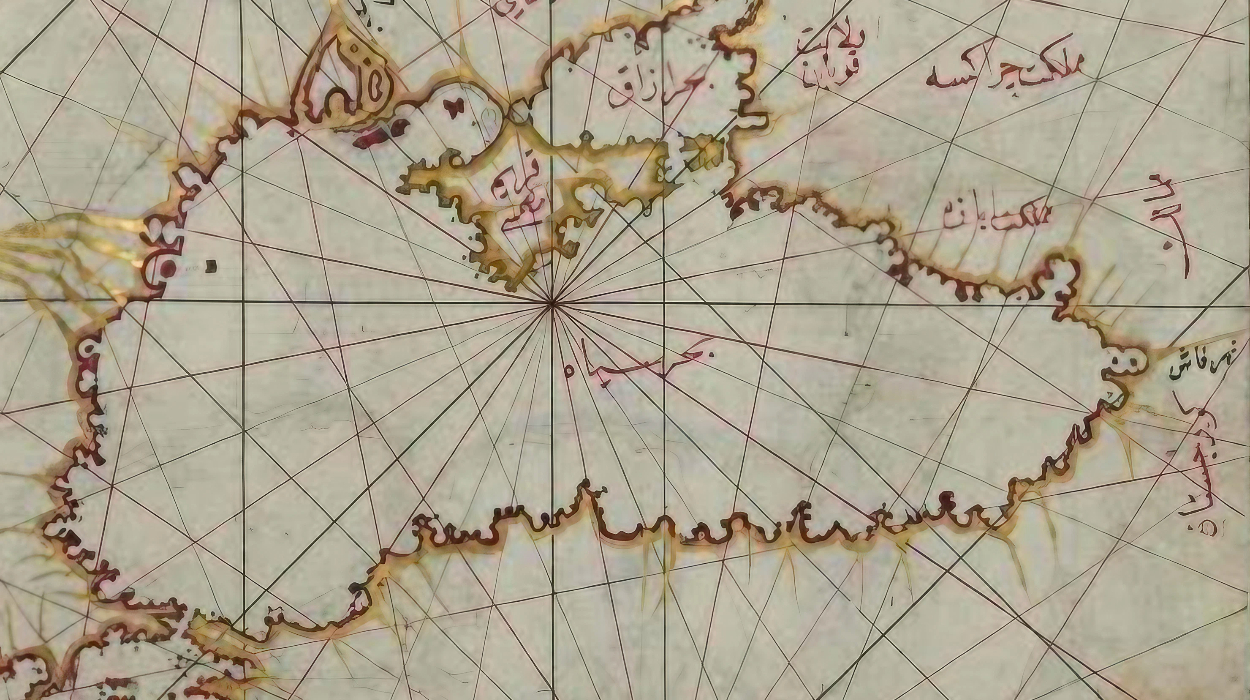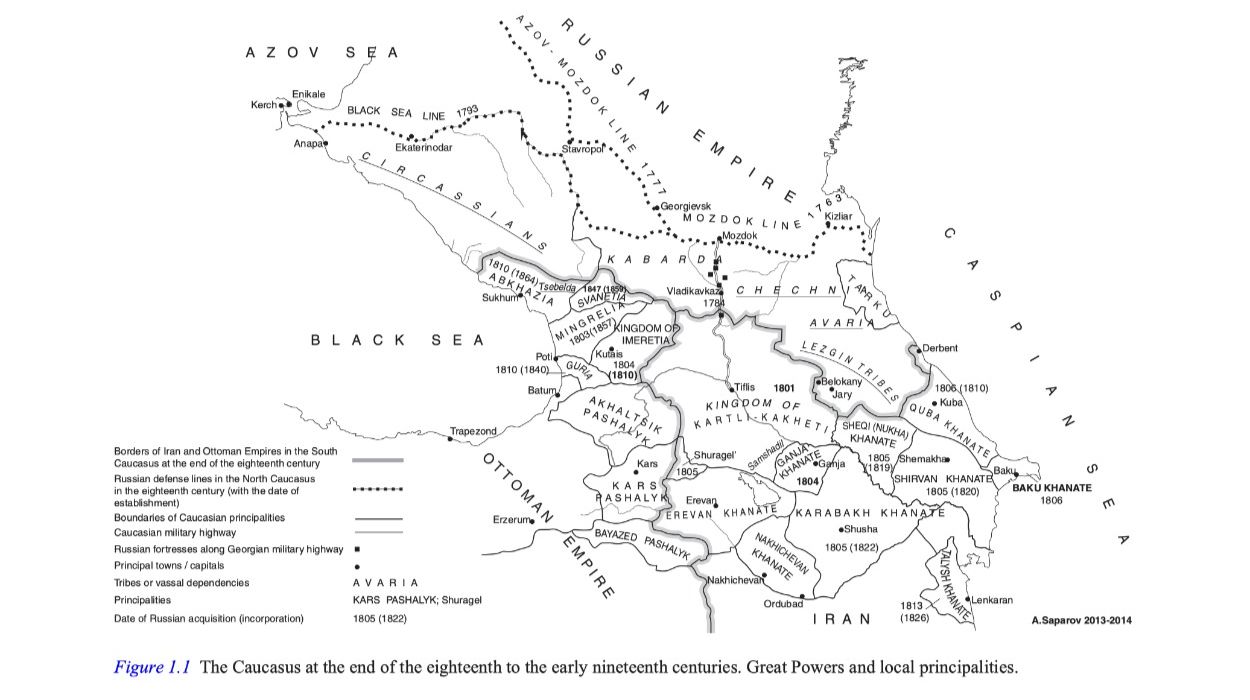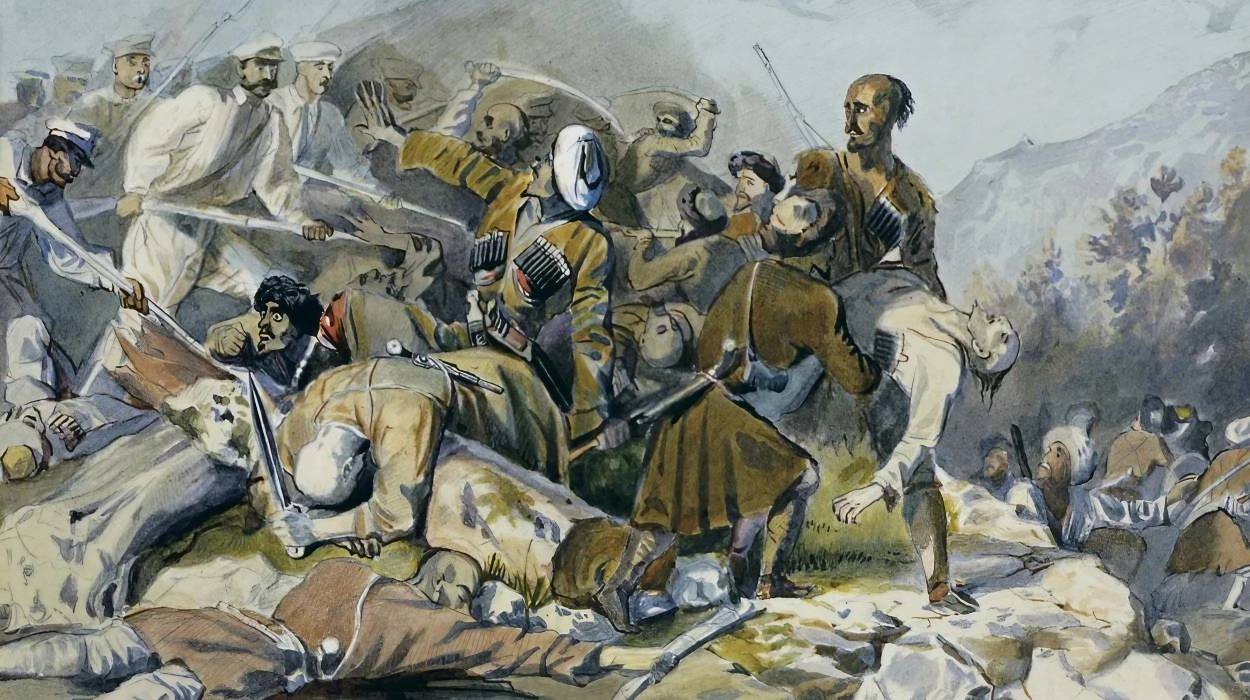Repression of Greeks in Abkhazia by Khristofor Kesanidis

In this comprehensive study, Dr. Khristofor Goniadis-Kesanidis examines the intricate historical narrative of the Greeks in Abkhazia, a topic of significant depth and complexity. The article, "Repression of Greeks in Abkhazia," provides a detailed analysis of the Greeks' role as an integral part of Abkhazia's cultural and social fabric, highlighting their contributions from the late 19th century through the challenging period of the Soviet Union.
Read more …Repression of Greeks in Abkhazia by Khristofor Kesanidis